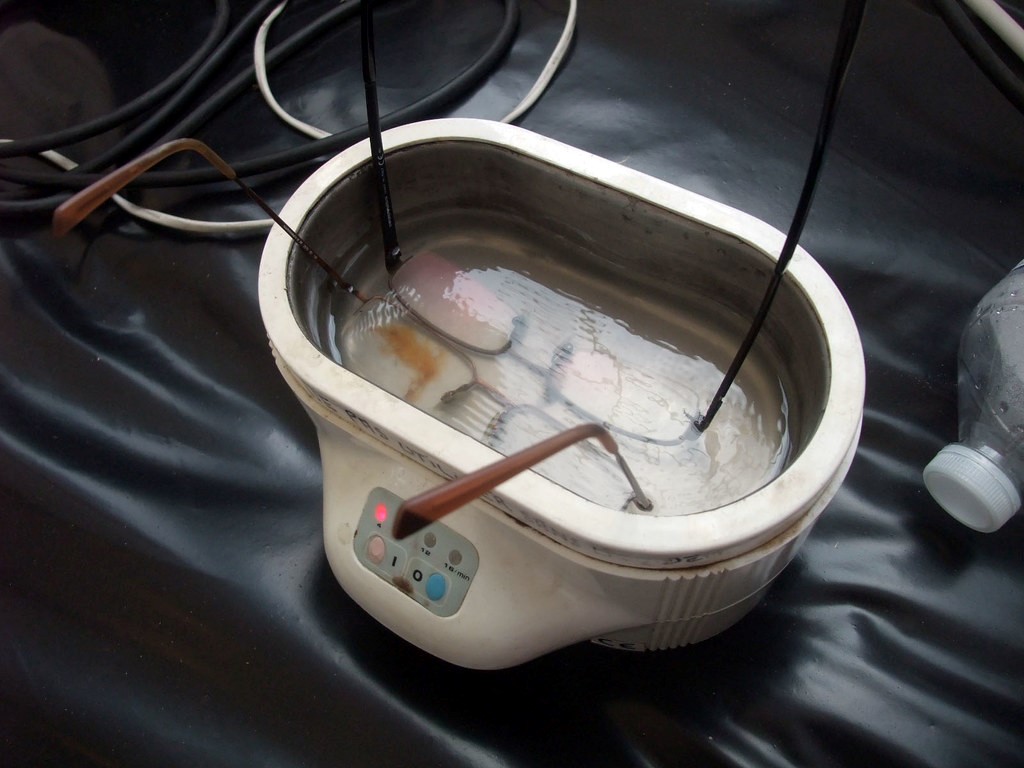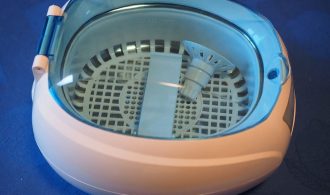Ultrasonic cleaners have revolutionised how things are cleaned in a variety of settings. Simple, reliable and cost-effective, they are one of the most used pieces of cleaning equipment in the medical industry thanks to their ability to remove 99% of bacteria and dirt.

Uses in Dentistry and Ophthalmology
It might not be obvious initially how ultrasonics could be used in dentistry other than to clean equipment as in hospitals. In fact, they are used in dental surgeries to clean crowns and dentures and to get rid of dental cement and many other applications. It is essential that dental elements are completely clean before they are sterilised to be glued into the patient’s mouth.
With so many tiny, fragile items, opticians need to ensure they are able to effectively clean items before they are placed in a patient’s eye. If they are unable to efficiently do this, there is the potential for infection, contamination and serious issues for the clients.
Uses in Hospitals
When it comes to medical applications there are two processes to be considered: cleaning of the equipment and sterilisation of the equipment. Ultrasonic cleaners are perfect to ensure equipment is cleaned before surgery, but they don’t sterilise items. It might sound strange to have a two-step process, but in fact before equipment can be sterilised for use on another patient, it must first be cleaned of any blood and debris. Facilities must choose between a small or large ultrasonic cleaner to suit specific applications. Often in hospitals the volume of cleaning requires large ultrasonic cleaners such as the Hilsonic large ultrasonic cleaner.

Contaminated tools used, for example, in surgery cannot be cleaned effectively by hand, since they are often sharp or have intricate parts which the human hand cannot reach. By using ultrasonic cleaners, the tiny bubbles can get into every section to clean what the human eye cannot detect before they go to the steriliser. Ultrasonic cleaning is also very fast, taking less than 10 minutes to clean equipment thoroughly. For more information on medical applications see https://www.infectioncontroltoday.com/environmental-hygiene/benefits-ultrasonic-cleaning.
By introducing the use of ultrasonics into medical applications, the efficiency of cleaning equipment and products has dramatically increased. Ultrasonics have significantly improved the control of infections and diseases, since bacteria can be removed without human contact.

